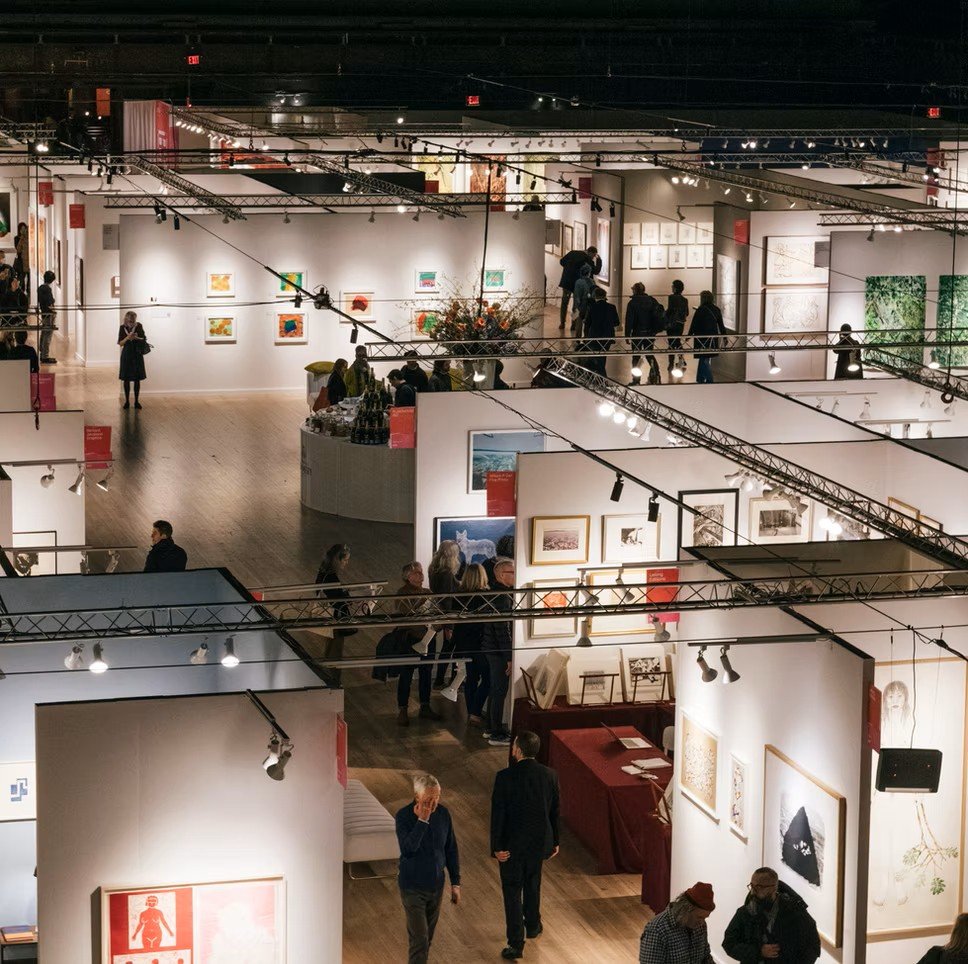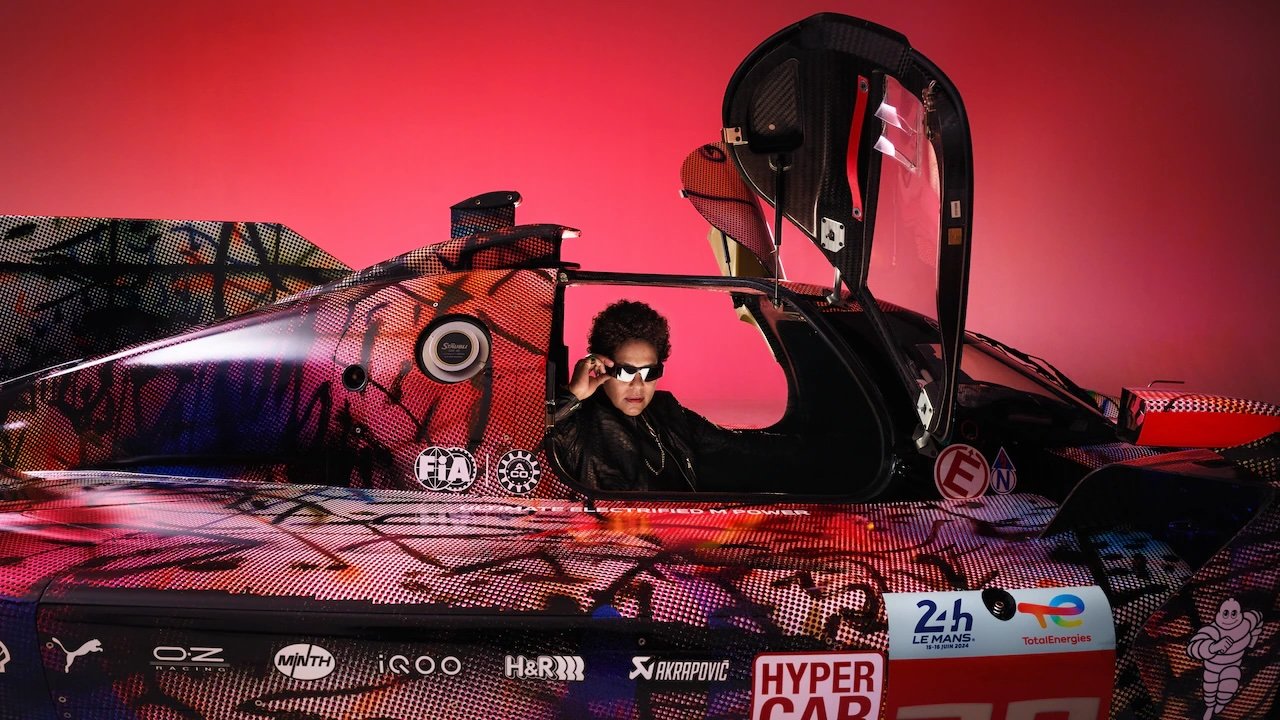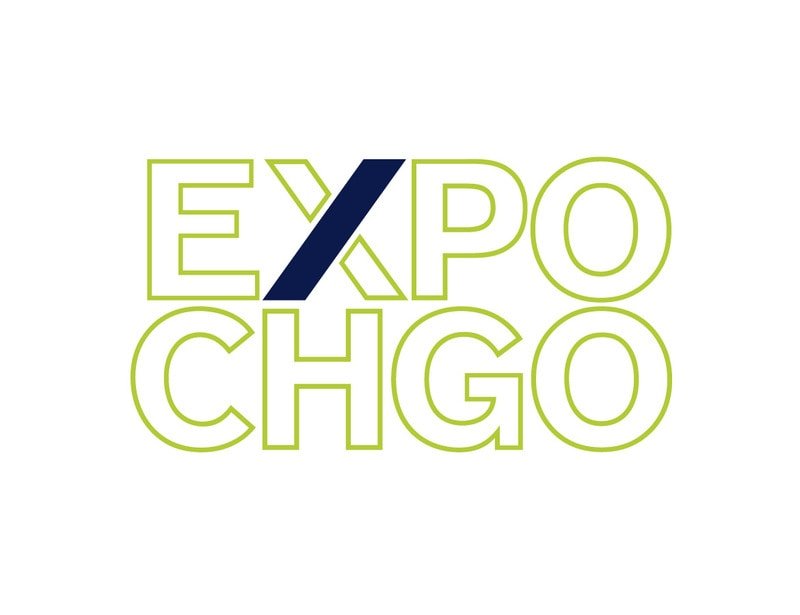The 20th BMW Art Car was presented to the public for the first time on May 21st, 2024 at the Centre Pompidou in Paris. Designed by renowned New York-based contemporary artist Julie Mehretu, the project transforms the BMW M Hybrid V8 race car into a performative work of art, continuing a longstanding tradition of BMW Art Cars and competitive racing. Just a few weeks after its World Premiere in the French capital, the newest edition in the storied BMW Art Car collection will compete in the 24 Hours of Le Mans.
“The whole BMW Art Car project is about invention, about imagination, about pushing limits of what can be possible. I don’t think of this car as something you would exhibit. I am thinking of it as something that will race in Le Mans. It’s a performative painting. My BMW Art Car was created in close collaboration with motorsport and engineering teams,” says Julie Mehretu. “The BMW Art Car is only completed once the race is over.”
Learn more about the BMW Art Car here!

































